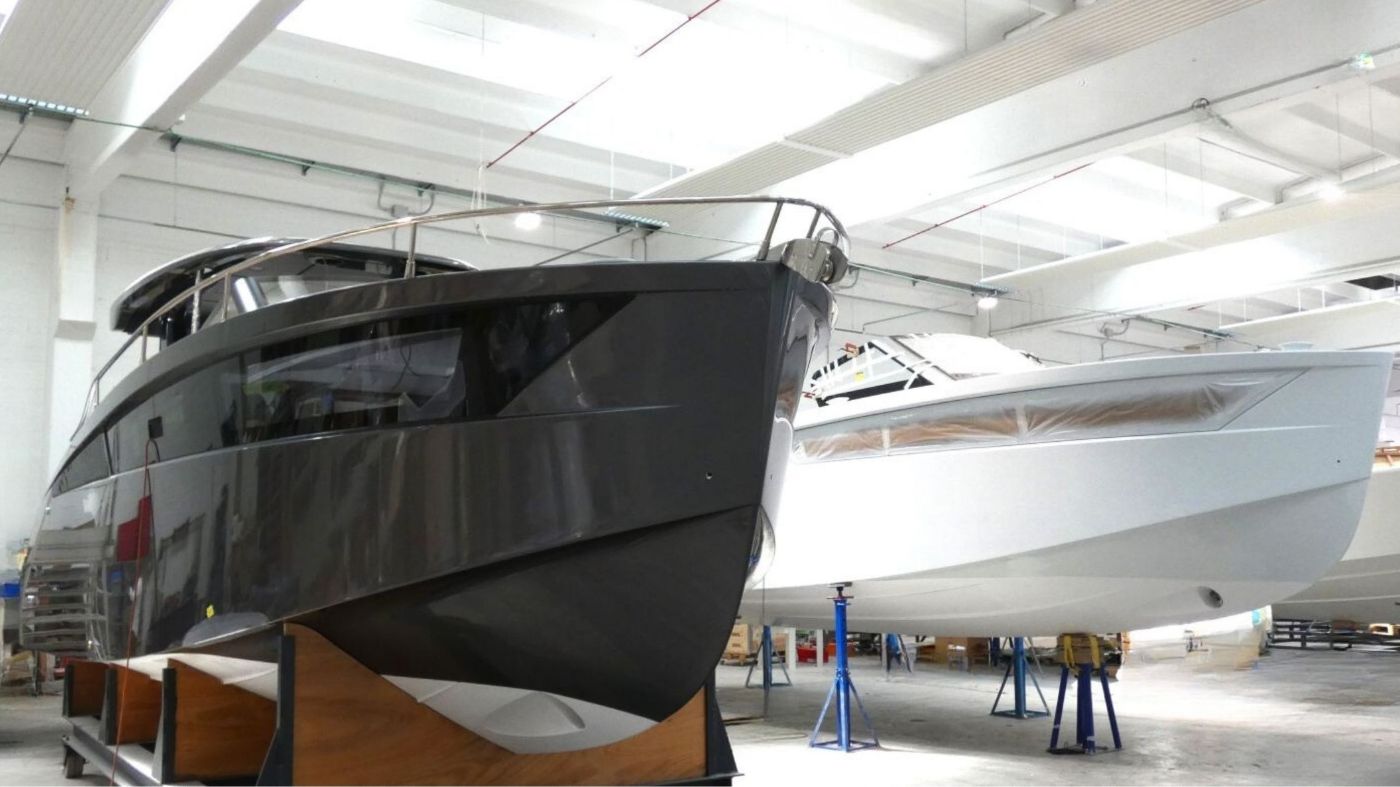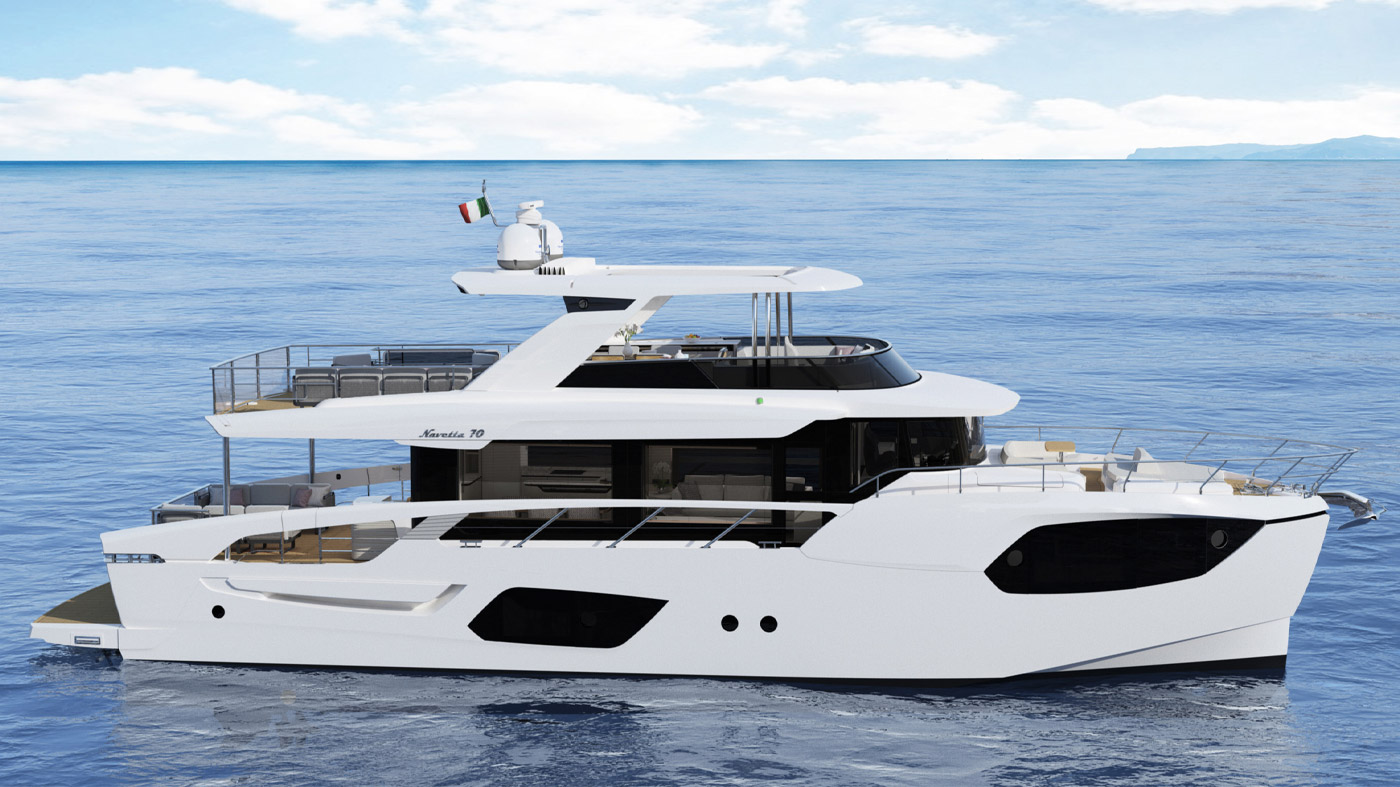A chi naviga tanto sembra assurdo pensare di farlo senza bussola… Soprattutto di notte, senza terra in vista: va bene che le stelle aiutano, va bene che il vento aiuta, ma senza la bussola come si fa? Pensavo a questo, oggi, timonando. E pensavo che se il mare ci e’ stato dato in dotazione, la bussola no, quella ce la siamo dovuta inventare. Chi l’ha inventata? Quando?
Pensavo di essermi posta domande facili, a cui avrei trovato una risposta semplice: il tizio tal dei tali nell’anno tal dei tali. Invece ho trovato praticamente un intrigo storico internazionale, con tanto di diatribe tra filologi per la traduzione di un passo latino che svelerebbe il mistero, numeri mistici, e arti divinatorie (se volete leggere tutta l’affascinante storia la trovate in un bel libretto “L’enigma della bussola”, di Amir D. Aczel). Mi sembra di poter riassumere cosi’ la storia.
Ad Amalfi troneggia la statua del presunto inventore della bussola Flavio Gioia, ma la realta’ e’ che: primo, non si sa neppure se questo signore sia esistito, secondo, di sicuro non ha inventato la bussola. Molto probabilmente ne ha ricevuto qualche esemplare dalla Cina, dove fu inventata in tempi decisamente antichi e la adatto’ alle esigenze europee. I Cinesi infatti, pare, non utilizzavano la bussola per navigare ma per orientarsi durante i lunghi studi che preparavano la costruzione di qualsiasi edificio secondo le regole del feng shui. In Europa invece il commercio marittimo era in piena espansione, e fortemente limitato dall’assenza di uno strumento che permettesse di orientarsi in mare anche in inverno, quando il cielo era coperto e non si potevano usare le stelle. Con la bussola il problema fu risolto, gli scambi marittimi raddoppiarono, e la potenza che maggiormente se ne avvantaggio’ in principio fu Venezia. Una volta divenuto strumento regolare a bordo, poi, la bussola consenti’ le grandi esplorazioni via mare del XV e XVI secolo da parte di Spagnoli, Portoghesi e Inglesi (di cui in parte abbiamo gia’ parlato in questo post) e la mappatura di tutto il globo.
Insomma, la bussola in quanto tale – uno strumento dotato di un ago che si orienta secondo la direzione Nord/Sud del campo magnetico terrestre – e’ stata inventata dai Cinesi. Ma senza le piccole aggiunte degli Europei – la scatola per contenerla ed evitare gli urti in mare – e le grandi doti da marinai dei navigatori che seppero utilizzarla, non sarebbe servita a scoprire il mondo. Sembra la storia di altre grandi invenzioni, come internet ad esempio: idee geniali, che hanno avuto bisogno del contributo di tanti per esprimersi al meglio.










